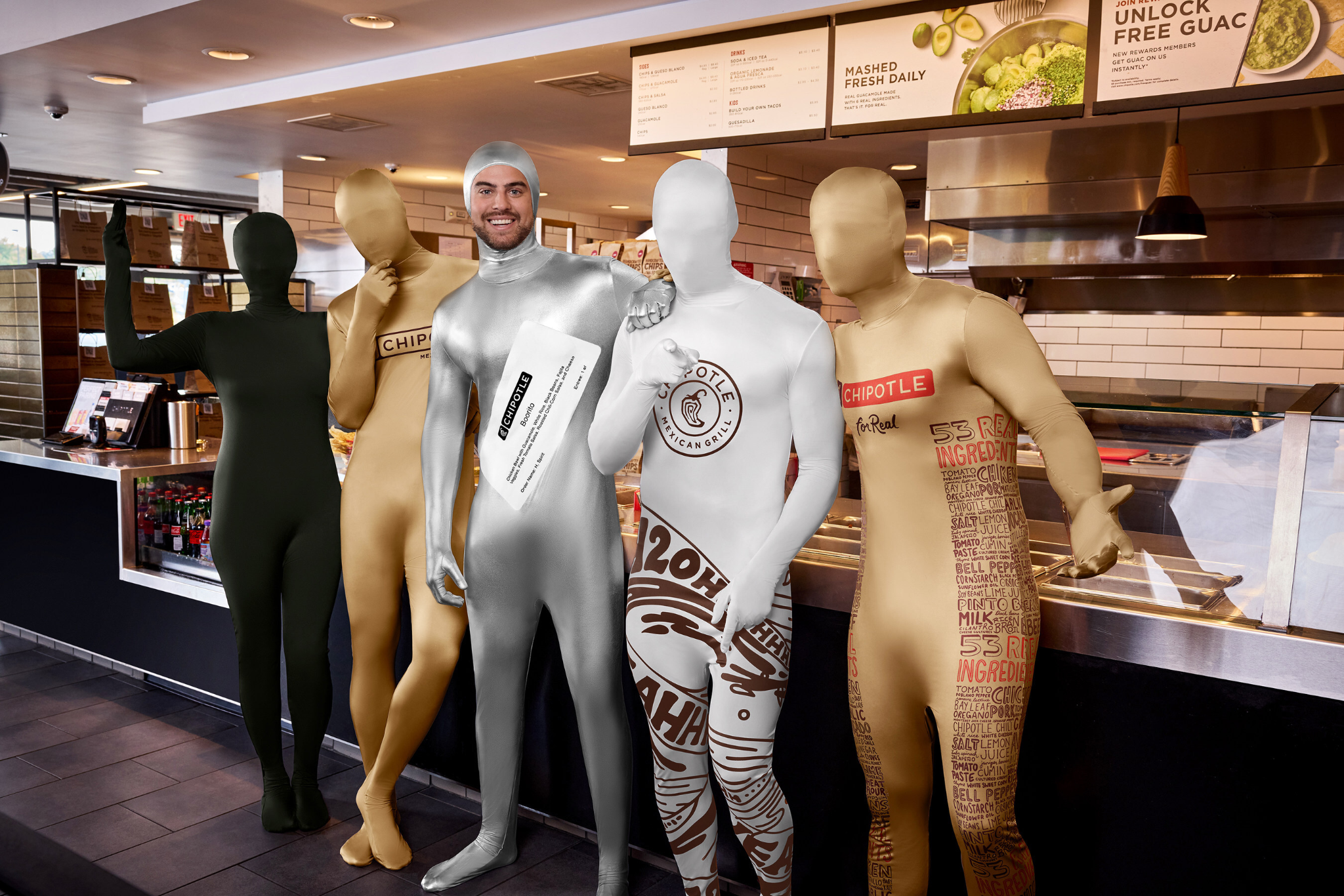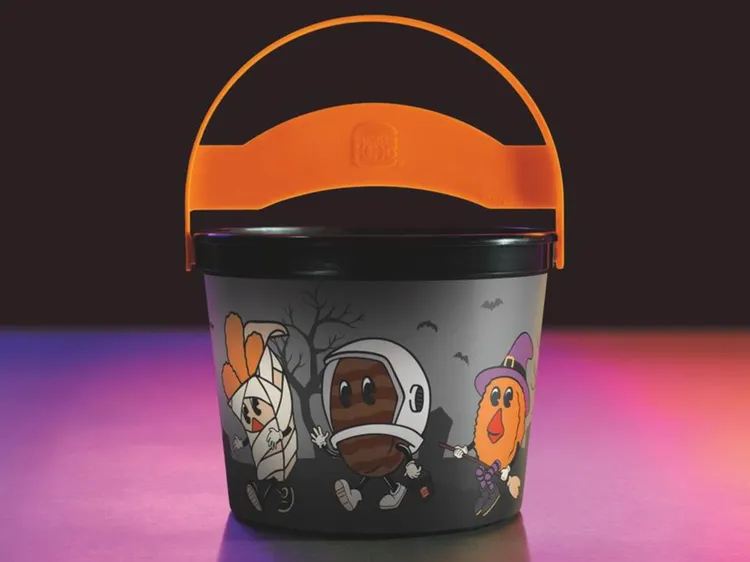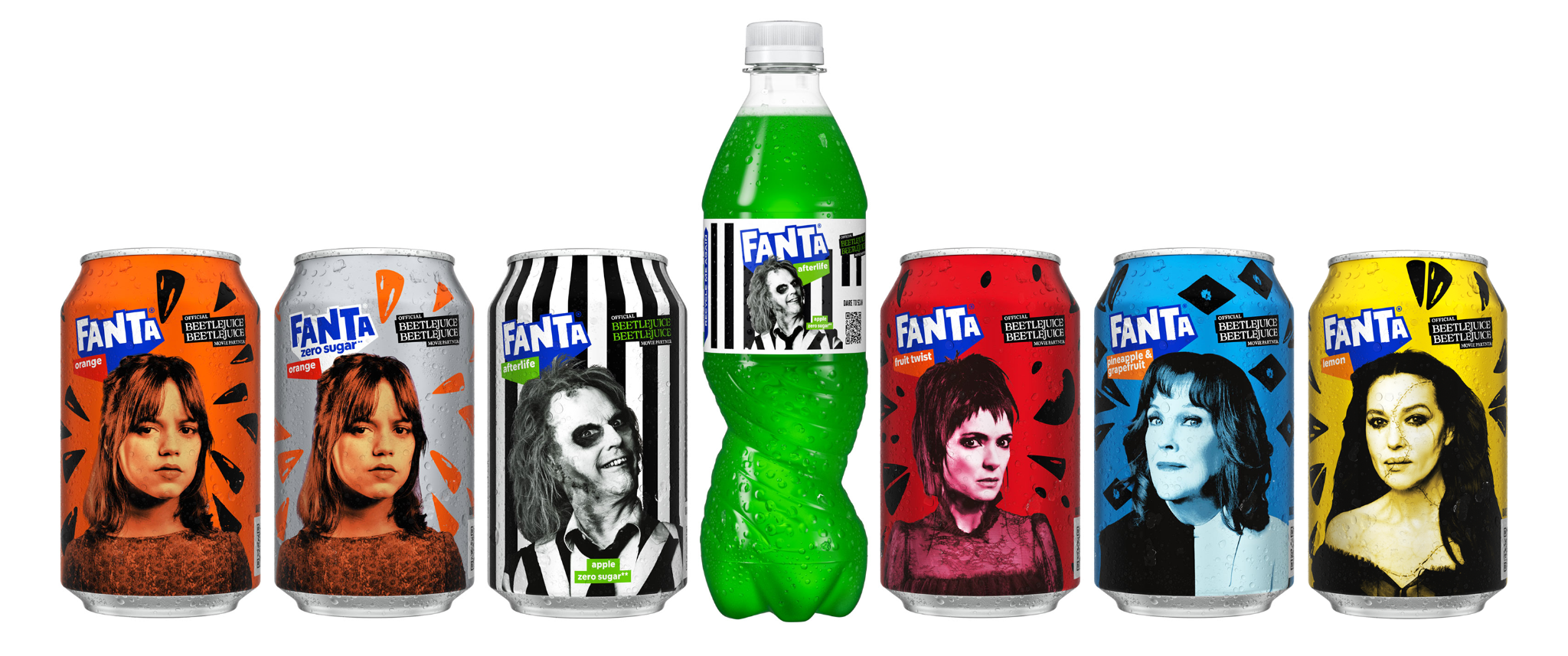
Seasonal promotions aren’t just fluff – they’re precision tools for conversion. When holidays like Halloween roll around, shoppers enter discovery mode. They’re not just browsing aimlessly; they’re looking for a reason to buy.
Halloween has evolved from a candy-fueled kids’ night out to a full-blown retail event across categories. Halloween spending is expected to hit $13.1 billion in 2025. That includes nearly $4 billion on costumes and $3.5 billion on candy in 2024 alone. Whether you sell apparel, food, décor, or digital products, a Halloween campaign can give your Q4 sales an early jumpstart.
Consumers are actively searching for spooky deals and themed offers. This is your chance to run experiments – discounts, bundles, loyalty point boosts, referrals – that turn seasonal browsers into long-term customers.
Let’s dig into 30+ Halloween promotion ideas that are creepy-good for conversion.
Here is a list of over 30 real-life Halloween campaigns to give you some inspiration for this Halloween:
Trusted Health Products leaned into the Halloween theme with a BOGO (buy-one-get-one) offer on their bestselling item. The campaign ran from October 20–31, promoted via a Halloween-themed email with a playful tone and minimalistic layout. They also added a spooky banner and ribbon on their homepage to spotlight the promotion.
Why it works: BOGO deals reduce decision friction and encourage discovery of other SKUs. Promoting a hero product minimizes complexity and keeps ops simple.

Swoon launched a public Halloween promo using the code SPOOKYSAVINGS to give customers $5 off their orders. The offer was broadcast via email and social channels with festive visuals and a simple CTA. Because public codes are prone to abuse, the brand smartly kept the discount value modest and layered on basic redemption limits like one use per customer.
Why it works: Flat discounts are easy to communicate, easy to redeem, and great for reactivating lapsed customers – especially when tied to a limited-time theme.

Total Diabetes Supply ran a 10% automatic discount on nearly all products for Halloween, with clear exclusions noted in the fine print. Their email featured a pumpkin-turned-clock visual to build urgency and reinforce the time-limited nature of the deal. By skipping promo codes entirely, they reduced checkout friction and guaranteed that all visitors saw the offer.
Why it works: Auto-applied discounts deliver seamless UX and work well for volume-driven categories with low repurchase cycles.

PupSocks combined a 15% off coupon (“SPOOKY”) with a social media giveaway. To enter, customers had to post a Halloween costume photo of their pet and tag the brand on Instagram. Winners received a Halloween-themed blanket and sock set. Light gamification brought their community together while expanding reach organically.
Why it works: Social challenges create buzz, boost engagement, and deliver high visibility with minimal media spend – perfect for playful DTC brands.

Pottery Barn ran a stacked promo with free shipping, 20% off fall loungewear, and up to 50% off Halloween décor. The campaign was promoted through an email titled “🎃 Your Halloween Treat 🎃 FREE SHIPPING (ends tomorrow!)”, using urgency and thematic copy to nudge clicks. Each offer was clearly segmented to help customers self-select what mattered most.
Why it works: Combining thematic discounts with free shipping increases AOV and converts browsers who might otherwise bounce at checkout.

PetFlow added a Halloween twist with a “mystery discount” campaign. Customers received two unique codes – one for one-time orders and one for auto-ship – but the savings were only revealed after entering the code at checkout. Discounts were capped at $35, with a $15 minimum order value, ensuring margin control. Their email used the playful subject line: “Pick a Pet to Reveal Your Deal!”
Why it works: The mystery element gamifies the experience, echoing trick-or-treat vibes and encouraging curiosity-fueled conversions.

Dunkin’ Donuts offered 31% off site-wide with the code BOO in their online Dunkin’ Shop. The campaign tied into the Halloween date (Oct 31) and played on brand-friendly spooky language. While simple in execution, the deep discount created urgency and drove volume.
Why it works: Strong, round-number discounts tied to a date or theme make promotions more memorable and sharable.

M&M’s released a Halloween bundle of 25 mini-packs wrapped in seasonal designs for $25. These were promoted as party-ready, trick-or-treat-friendly, and perfect for Halloween events. Packaged as a limited edition, the bundles featured thematic illustrations and holiday-specific branding across digital ads and store placements.
Why it works: Bundling themed products simplifies the buying decision and taps into gift-giving and hosting behaviors during the season.

Teami Blends offered a free tumbler with orders above $34.99, letting customers choose between SCARYPURPLE or SCARYORANGE codes to match their favorite color. Alternatively, customers could opt for dollar-off coupons: SPOOKY10 ($10 off $50) or SPOOKY20 ($20 off $75). Redemption was limited to one code per order.
Why it works: Letting customers choose their bonus or discount adds personalization while increasing cart size and engagement.


Puma ran an in-store-only promotion offering 20% off to customers who showed up in costume on Halloween day. Store staff manually applied the discount using code 183_HALLOWEEN after a visual check. Clearance items were excluded, and the offer was a one-day-only engagement.
Why it works: It drives physical store traffic and invites social media sharing – especially among Gen Z and younger millennial shoppers.

Sephora encouraged app usage by embedding a Halloween trivia game in their mobile experience. Customers who correctly answered four themed questions received 2X loyalty points on their next purchase. The game was live for just a few days leading up to Halloween.
Why it works: Tapping into loyalty programs with fun mechanics boosts app engagement and repeat purchases – all while reinforcing brand affinity.

In a hilarious move, Chipotle and Spirit Halloween released meme-themed costumes like the “Chipotle Napkin,” “Burrito,” and “Fork.” Costumes were sold in Spirit stores and promoted with influencer memes and viral posts. The campaign reinforced Chipotle’s annual “Boorito” tradition, which includes in-store discounts for customers in costume.
Why it works: Co-branded merch blends humor and culture, turning loyal customers into walking promos.

Burger King brought back its cult-classic Halloween buckets starting October 13, available with meals for $2. Each came with a different spooky design and became a trending collectible across social platforms. BK tied the buckets into its mobile app and email campaigns to drive foot traffic and app engagement.
Why it works: Seasonal collectibles stir nostalgia and spark shareable moments – especially effective for family audiences.

Bacardi launched a Halloween campaign featuring glow-in-the-dark packaging and a short horror-film-style video series on social media. Each ad was based around a spooky twist involving their rum, blending humor with horror tropes. The campaign tied into themed bar events and merch.
Why it works: Original content adds long-term brand value while standing out in a sea of discount-only promos.

Fanta partnered with Warner Bros for the release of Beetlejuice 2, introducing a limited-edition “Haunted Apple” flavor in cans disguised with Halloween costumes. Cans featured QR codes unlocking AR experiences and exclusive content. The campaign was supported by social ads and in-store displays.
Why it works: It bridges physical product with digital storytelling, delivering immersive experiences at scale.

On October 31st, Starbucks Malaysia offered 50% off Venti-sized autumn beverages – including the Pumpkin Spice Latte and Brown Sugar Cocoa Oatmilk Latte – to customers who showed up in costume. The offer was exclusively available through the Starbucks Card or Mobile App, encouraging customers to pay digitally and engage with the loyalty program.
Why it works: Combines Halloween fun with first-party data capture – boosting loyalty, app usage, and foot traffic in a single, low-friction offer.

Think of this as your Halloween marketing toolkit: creative activations, experience plays, and next-gen ideas that go beyond coupons.
To make this year's trick-or-treating a bit easier, here are some updated Halloween promotion tips to help you maximize sales and engagement:
Don’t just layer a spider on your banner. Theme your headlines, UX copy, button CTAs, product names, packaging, and even experiences. Use Halloween prefixes on promo codes (e.g. HALLO25, PUMPKINPP). But avoid gimmicks – balance with strong value, not just spooky fluff.
In 2024, Michaels launched a “100 Days to Halloween” campaign starting in July. The rollout featured early access to themed décor, DIY kits, and online tutorials, turning casual browsers into long-lead buyers. Starting early helps you capture planners, test what hits, and build momentum before competitors show up with the same pumpkins.
Target consistently discounts costumes and home décor in the final days of October. This helps clear inventory and pulls in last-minute buyers who skipped earlier sales. Push these offers with urgency-led messaging (“final scare”, “last chance to haunt your house”).

A good Halloween campaign doesn’t live in just one place. Make sure your theme shows up everywhere – your homepage, mobile app, emails, in-store signage, paid ads, and even packaging. Customers expect cohesive, immersive experiences no matter where they shop.
Halloween doesn’t require Black Friday-level discounts. Small, themed perks can go further – free candy with every order, Halloween packaging, extra pumpkin spice shots, or freebie add-ons like spider rings or bat stickers. These little touches help you stand out without killing your margins. That said, if most competitors are playing it safe, a slightly bolder sale can help you dominate pre–Black Friday traffic.
Gamified mechanics drive engagement and repeat visits. Try hiding promo codes on spooky banners, launching a “spin to win” prize wheel, or asking customers to vote on costume contests. One of Fanta's’s Halloween campaigns turned limited-edition bottles into interactive moments – shoppers scanned QR codes on the label, played a mobile game, and instantly won prizes from a £70k prize pool. Low lift, high participation.
Make your Halloween campaign work harder for retention. Surprise loyal customers with mystery rewards, early access to seasonal drops, or double points on Halloween collections. You can even theme rewards as a “Trick or Treat” surprise – add just enough unpredictability to keep it fun without frustrating users. These perks don’t cost much but go a long way toward building long-term engagement.
Keep an eye on trending costumes, emerging themes, and seasonal search spikes. Tailor your visuals and offers to what’s catching fire – whether it's a hot new horror show or a meme format taking over TikTok. Run A/B tests on subject lines, CTA copy, and banner variants to learn fast.
Halloween is short, so you can’t afford to set and forget. Monitor your KPIs daily – clicks, conversion rates, redemptions, share counts, and AOV. If something’s flatlining, cut it. If something’s popping, lean in. Use that mid-campaign window to reallocate budget, tweak creative, or spin up a last-minute flash sale while interest is still peaking.